Blog
NJ Landscaping Tips to Decrease Allergies
Most people only think that allergies flair up during spring when pollination is high, but allergies also flair up when leaves start to fall and plants begin to wilt from the temperamental weather.
So to help those who suffer from allergies, here are some helpful tips to create a yard that’s less conducive to allergies.
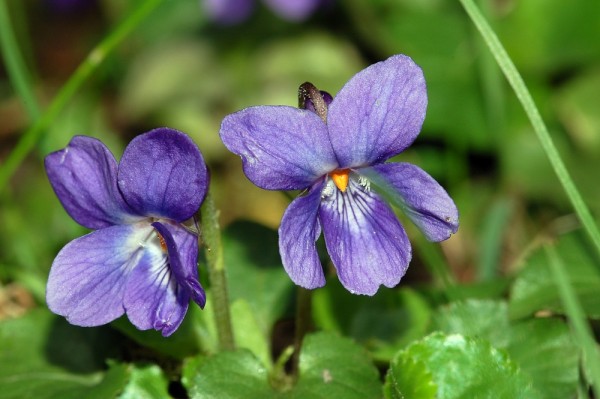
Grass
There are two schools of thought about grass. Everyone agrees that grass creates pollen, especially when it grows too much, but others think that mowing lawns creates the perfect storm for allergy sufferer. Ideally, your landscape has as little grass as possible and it’s well maintained by someone who doesn’t suffer from allergies. By keeping grass cut, you prevent pollen-producing flowers from growing.
Flowers
It may seem counterintuitive, but the flowers that are brightly colored and smell the best are actually less likely to affect allergies. It’s those nondescript, dull-looking plants that tend to cause the most allergies. So, if you’re working in your garden or landscaping, opt for those beautiful, colorful flowers with a strong smell. Here are a list of plants from Birds & Blooms that cause the most allergies.
Keep weeds away
Weeds are awful on many levels, but they’re especially bad for allergy sufferer. By doing regular weeding and applying weed control to your landscape, you will significantly reduce the amount of pollen your lawn creates.
Use native plants
There are numerous benefits of planting native species in your yard, such as taking up room so invasive species don’t invade, but they also ensure species that produce a lot of allergens don’t pop up. Native species also tend to produce fewer allergens.
Don’t use mulch
Pollen is not the only thing that causes allergies. Mold is also a main culprit, and using too much mulch can attract mold. Use gravel instead of mulch to cover the ground of certain areas.
Invasive Plant Species in New Jersey: What You Need to Know
The New Jersey Invasive Species Strike Team sounds like an intense group, replete with tactical gear and helmets. While the initiative is no military operation, it does serve an important and tactical purpose that’s important in maintaining a natural New Jersey. The strike team is a relatively new statewide cooperative that aims to stop the spread of invasive species in New Jersey.
This is important because the introduction of invasive plant species takes up the space of native plant and has negative ramifications on wildlife. They also take over and destroy the appearance (and sometimes even structure) of your landscape.

Wavy Leaf Basket Grass
Here are a few things you should know about invasive species in New Jersey.
What is an invasive species?
First, it’s essential to understand what defines an invasive species. Here is the definition given on the strike team’s website:
- non-native (or alien) to the ecosystem under consideration and
- whose introduction causes or is likely to cause economic or environmental harm or harm to human health.
This means it could actually be a number of things, including plants, animals, fungi and more.
How to ID an invasive species
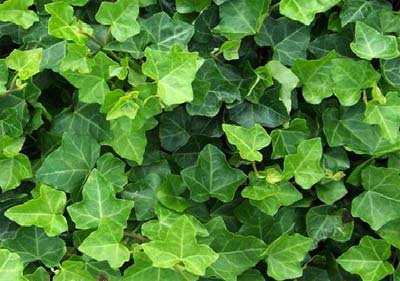
English Ivy
Identifying an invasive species is not an easy task, but the New Jersey Invasive Species Strike Team has compiled a list of species invasive to New Jersey. Such invasive plants include things like English ivy, orange eye butterfly bush, Chinese silvergrass and more. Many of the plant species on the list are very rare, but need to be eradicated on all detected occurrences.
If you’re afraid of invasive plant species, you can learn more about them, as well as the 20 target species, by clicking the species on the strike team site.
What can you do to help?
If you want to help maintain a natural New Jersey, there are many things you can do as a resident to combat invasive species. One of the easiest things you can do is plant native species on your property. This not only bolsters the native species populations in New Jersey but it also takes up space that could be expropriated by unwanted species. Native plants are also low maintenance because they’re native to the environment.
Since New Jersey plants differ from plants in other places (for example, check out this great article about which plants thrive in Houston’s completely different landscape), you need to make sure the species are actually native to the area by doing some research or contacting an expert.
Another thing you can do to stop invasive species is to report an observation to the strike team to let them know if an invasive species has popped up.
If you’re interested in planting services, we can help you create a beautiful landscape on your property without invasive species.
Types of Paving Stones
Building a paved patio or walkway on your property is a great way to add some structure and class to an otherwise plain yard. However, before deciding on anything, it’s important to know your options when installing a paved patio or walkway. So here is a collection of commonly used pavers.
Concrete
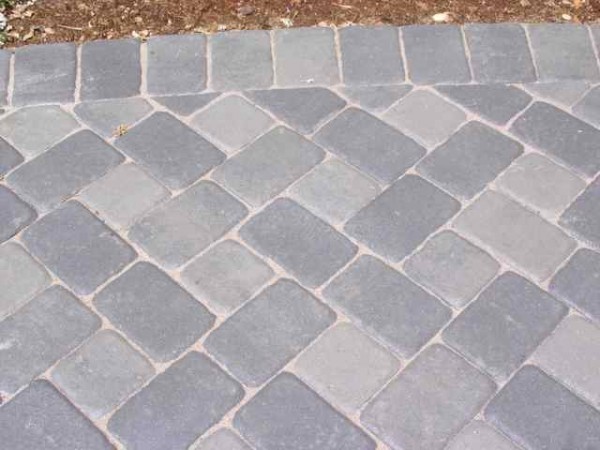
Pavers can be split into two main types: manufactured and natural pavers. The first type of manufactured paver is concrete. These are generally durable, weather proof and versatile.
Brick

The second type of manufactured stone is brick. Known for its classic look, brick is extremely strong, durable and will last a long time.
Cobblestone

There are also several natural stone pavers. Cobblestone gives an old-world feel because it’s what streets were made of at one point.
Rubber
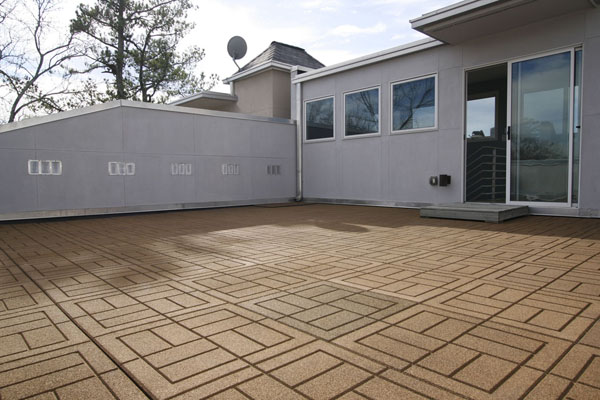
Usually made from recycled tires, rubber pavers give a completely different feel to a patio or walkway. Not only are they non-slip, but they also need little to no maintenance.
Bluestone
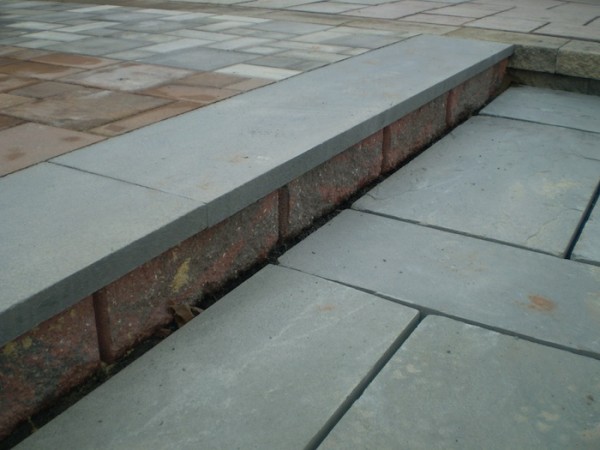
Bluestone is also a natural stone that’s a mixture of sand and other particles. It has a bluish gray hue that gives it its name.
Flagstone

Cut from a stone quarry, flagstone pavers are durable, safe and will stay cool because they don’t absorb heat. This is perfect for a yard that’s in direct sunlight.
Travertine
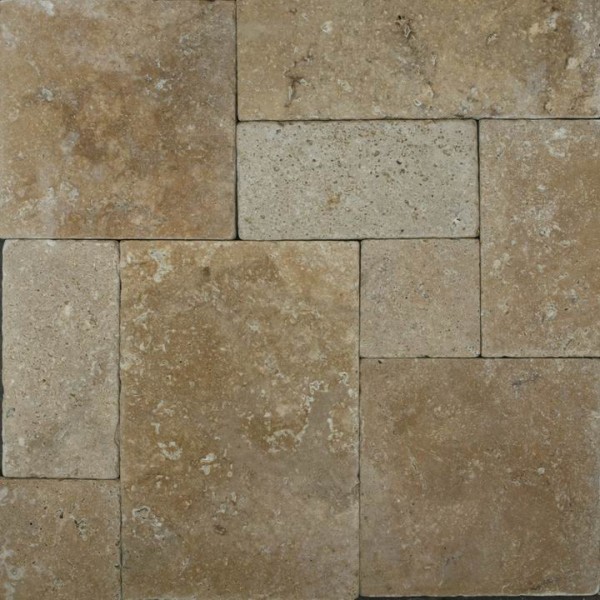
Travertine pavers are usually more textured and filled with little holes or grooves. It’s also very durable.
The Benefits of Installing a Fire Pit
In a few weeks, summer is coming to a close. It’s that time of year when the leaves start to fall, the air has a bite to it and your sweatshirts come out of storage. Yes, fall is a time when the crisp air and colder weathers means you can’t do all the activities you enjoyed in the summer.
Fortunately, you can still relax in your backyard as long as you have a nice fire pit. If you’re thinking about getting one of these for your yard, here are some compelling reasons why you should.
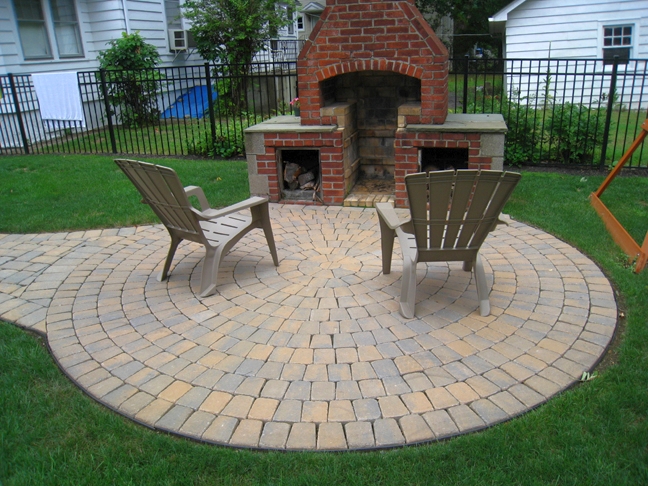
Provides warmth
The main purpose of a fire pit is to provide heat on those cold days or nights where it’s too lovely to stay indoors. Having one of these installed in your yard gives you the ability to spend the evening outside without being uncomfortably cold.
Creates the perfect ambiance
Whether you’re entertaining a host of guests or are having a romantic outdoor dinner for two, the ambiance established by a fire pit is nearly impossible to replicate. The dim lighting makes things closer, more personal and intimate. At the same time, it can add some life to a vibrant nighttime party.
Allows you to cook
Instead of using that old traditional barbecue, some fire pits can also offer a space to cook food. For example, you can toss burgers onto a grate above the flame and have a nice grill. You can also make s’mores on those chilly evenings.
Ties your backyard together
Just like the perfect rug can tie your room together, a nice fire pit can nicely tie your yard together. It creates a center, a focal point to your yard where people can gather and talk.
Adds value to your home
Along the same lines, having a well-designed fire pit in your yard can add a tremendous amount of value to your home. It becomes instantly more appealing and welcoming. In the long run, investing in a fire pit will pay off.
Deck vs. Patio: How the Two Match Up
For the New Jersey homeowner who’s looking to spruce up his or her backyard, fewer things bring instant cohesion and beauty than an open area perfect for relaxing, barbecuing and hosting parties. A deck and a patio are two things that instantly pop into mind, but there is a fundamental debate as to which is better. Here are is a head-to-head matchup of the two.
Look
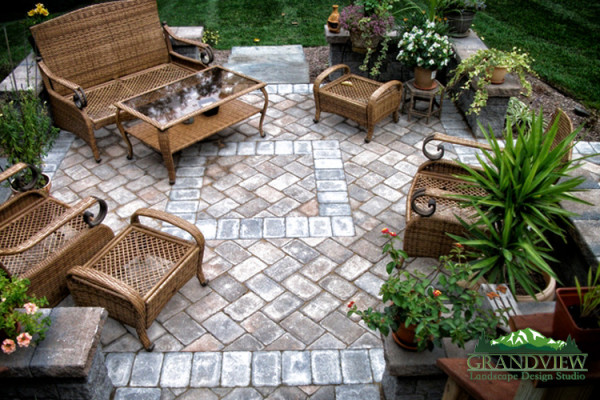
The first aspect of aesthetics depends entirely on the person. A deck is usually made from durable wood and gives a more rustic ambiance. Patios, on the other hand, are made from different types of materials, including concrete and brick. These often boast a sleeker look. Since the designs are so different and cater to an individual’s preference, it’s a tie between the two.
Cost
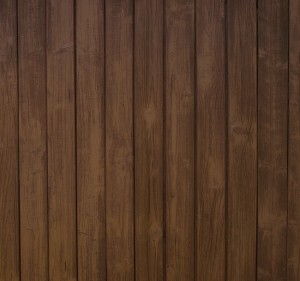 Now we come to the most important consideration to most people: the price. As you probably expect, depending on the type of wood you get for a deck or paving material for a patio, the prices will vary. According to This Old House, the average cost of pressure-treated Southern yellow pine is about $15 per square foot. On the higher end, the average cost of composite decking material is $35, and there are prices and woods that fall in between.
Now we come to the most important consideration to most people: the price. As you probably expect, depending on the type of wood you get for a deck or paving material for a patio, the prices will vary. According to This Old House, the average cost of pressure-treated Southern yellow pine is about $15 per square foot. On the higher end, the average cost of composite decking material is $35, and there are prices and woods that fall in between.
For patios, the cheapest is usually concrete at about $5 per square foot. Natural stones can cost up to $30, with other materials (stacked concrete, brick, etc) closer to the cheaper end. In regards to upfront cost, a patio is the clear winner.
Maintenance
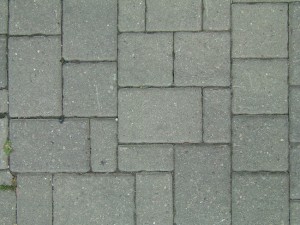 While you might think the decision between a deck and patio is contingent on immediate costs and considerations, there are also long-term things to account for. Decks usually require some regular weeding, especially if it’s placed directly on the ground. Weeds will find their way up through the boards. Certain types of woods must be treated regularly to prevent rotting. Depending on the weather, some decks may even need to be replaced a few years in.
While you might think the decision between a deck and patio is contingent on immediate costs and considerations, there are also long-term things to account for. Decks usually require some regular weeding, especially if it’s placed directly on the ground. Weeds will find their way up through the boards. Certain types of woods must be treated regularly to prevent rotting. Depending on the weather, some decks may even need to be replaced a few years in.
Patios require much less maintenance. In fact, patios don’t require much of any regular maintenance. Sealing it occasionally will have some benefits, but it’s not necessary. Sometimes weeds can fight their way through certain types of patios though.
In terms of less maintenance and a cheaper cost over the years, patios are once again the winner.
Conclusion
There are a few other things to take into consideration, such as the resale value of your house from each and the possibility of permits (decks usually require them, but it depends on your city). Just from a pure cost standpoint, consider getting a patio over a deck.


